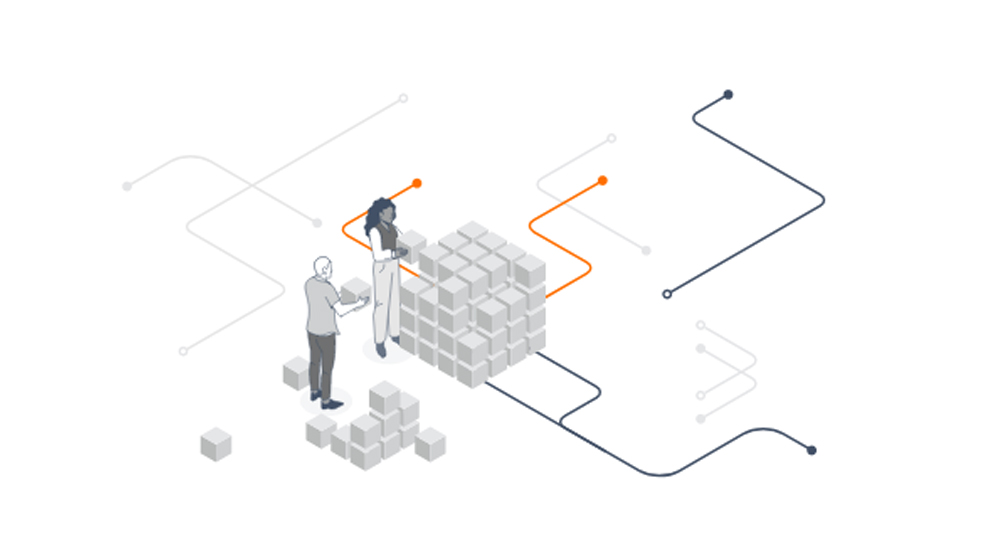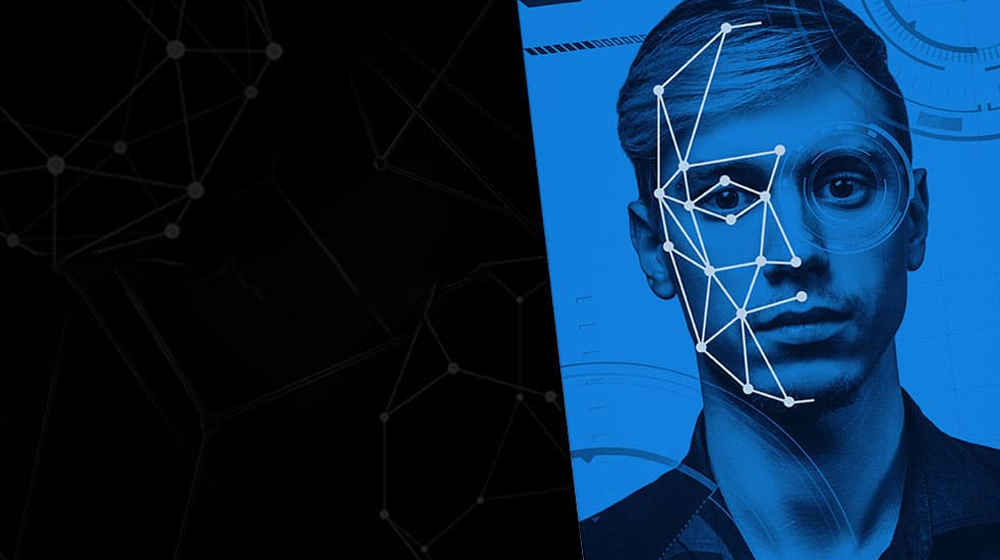Artificial intelligence is a branch of computing that mimics human intelligence and can learn from and adapt to arrange of data inputs, files and subsets. AI is not merely an imitation or replication of human intelligence. Rather, it is a manifestation of our capacity to create and harness new forms of intelligence, that extend beyond the limitations of the human mind.
Resources

Coursera
Supervised Machine Learning: Regression and Classification.
What you’ll learn
Build machine learning models in Python using popular machine learning libraries
train supervised machine learning models for prediction & binary classification tasks, including linear regression & logistic regression
See how employees at top companies are mastering in-demand skill
Build your subject-matter expertise
This course is part of the Machine Learning Specialization When you enroll in this course, you’ll also be enrolled in this Specialization.
- Learn new concepts from industry experts
- Gain a foundational understanding of a subject or tool
- Develop job-relevant skills with hands-on projects
- Earn a shareable career certificate
There are 3 modules in this course: In the first course of the Machine Learning Specialization, you will:• Build machine learning models in Python using popular machine learning libraries NumPy and scikit-learn. • Build and train supervised machine learning models for prediction and binary classification tasks, including linear regression and logistic regression The Machine Learning Specialization is a foundational online program created in collaboration between DeepLearning.AI and Stanford Online. In this beginner-friendly program, you will learn the fundamentals of machine learning and how to use these techniques to build real-world AI applications. This Specialization is taught by Andrew Ng, an AI visionary who has led critical research at Stanford University and groundbreaking work at Google Brain, Baidu, and Landing. AI to advance the AI field. This 3-course Specialization is an updated and expanded version of Andrew’s pioneering Machine Learning course, rated 4.9 out of 5 and taken by over 4.8 million learners since it launched in 2012. It provides a broad introduction to modern machine learning, including supervised learning (multiple linear regression, logistic regression, neural networks, and decision trees), unsupervised learning (clustering, dimensionality reduction, recommender systems), and some of the best practices used in Silicon Valley for artificial intelligence and machine learning innovation (evaluating and tuning models, taking a data-centric approach to improving performance, and more.) By the end of this Specialization, you will have mastered key concepts and gained the practical know-how to quickly and powerfully apply machine learning to challenging real-world problems. If you’re looking to break into AI or build a career in machine learning, the new Machine Learning Specialization is the best place to start.

Tensor Flow
Create production-grade machine learning models with TensorFlow Use pre-trained models or train your own Find ML solutions for every skill level Go from research to production An end-to-end machine learning platform Find solutions to accelerate machine learning tasks at every stage of your workflow.
Build ML applications faster with TensorFlow TensorFlow provides tutorials, examples, and other resources to speed up model building and create scalable ML solutions. Find pre-trained models, Research with state-of-the-art models, Build your own modelsDeploy anywhere, at any scale.
Join the TensorFlow community Get involved Connect, learn, and collaborate with an active global community of ML practitioners and students.
Learn from experts Skill up on new types of models and applications, unlock insights about TensorFlow, and move ahead on your path. Start building together Work with an open source TensorFlow machine learning community.
Not sure where to start? Here are some common starting points.

OpenAI
Creating safe AGI that benefits all of humanity Our work to create safe and beneficial AI requires a deep understanding of the potential risks and benefits, as well as careful consideration of the impact. Our API platform offers our latest models and guides for safety best practices. Developing safe and beneficial AI requires people from a wide range of disciplines and backgrounds.
Join us in shaping the future of technology.
OpenAI is an AI research and deployment company. Our mission is to ensure that artificial general intelligence benefits all of humanity.
Our vision for the future of AGI Our mission is to ensure that artificial general intelligence—AI systems that are generally smarter than humans—benefits all of humanity.
We are building safe and beneficial AGI, but will also consider our mission fulfilled if our work aids others to achieve this outcome. We research generative models and how to align them with human values. Our API platform offers our latest models and guides for safety best practices and Developing safe and beneficial AI requires people from a wide range of disciplines and backgrounds.
Our structure We are governed by a nonprofit and our unique capped-profit model drives our commitment to safety. This means that as AI becomes more powerful, we can redistribute profits from our work to maximize the social and economic benefits of AI technology.

OpenCV
OpenCV (Open Source Computer Vision Library) is an open source computer vision and machine learning software library. OpenCV was built to provide a common infrastructure for computer vision applications and to accelerate the use of machine perception in the commercial products. Being an Apache 2 licensed product, OpenCV makes it easy for businesses to utilize and modify the code. The library has more than 2500 optimized algorithms, which includes a comprehensive set of both classic and state-of-the-art computer vision and machine learning algorithms. These algorithms can be used to detect and recognize faces, identify objects, classify human actions in videos, track camera movements, track moving objects, extract 3D models of objects, produce 3D point clouds from stereo cameras, stitch images together to produce a high resolution image of an entire scene, find similar images from an image database, remove red eyes from images taken using flash, follow eye movements, recognize scenery and establish markers to overlay it with augmented reality, etc.
OpenCV has more than 47 thousand people of user community and estimated number of downloads exceeding 18 million. The library is used extensively in companies, research groups and by governmental bodies. Along with well-established companies like Google, Yahoo, Microsoft, Intel, IBM, Sony, Honda, Toyota that employ the library, there are many startups such as Applied Minds, VideoSurf, and Zeitera, that make extensive use of OpenCV. OpenCV’s deployed uses span the range from stitching streetview images together, detecting intrusions in surveillance video in Israel, monitoring mine equipment in China, helping robots navigate and pick up objects at Willow Garage, detection of swimming pool drowning accidents in Europe, running interactive art in Spain and New York, checking runways for debris in Turkey, inspecting labels on products in factories around the world on to rapid face detection in Japan.
